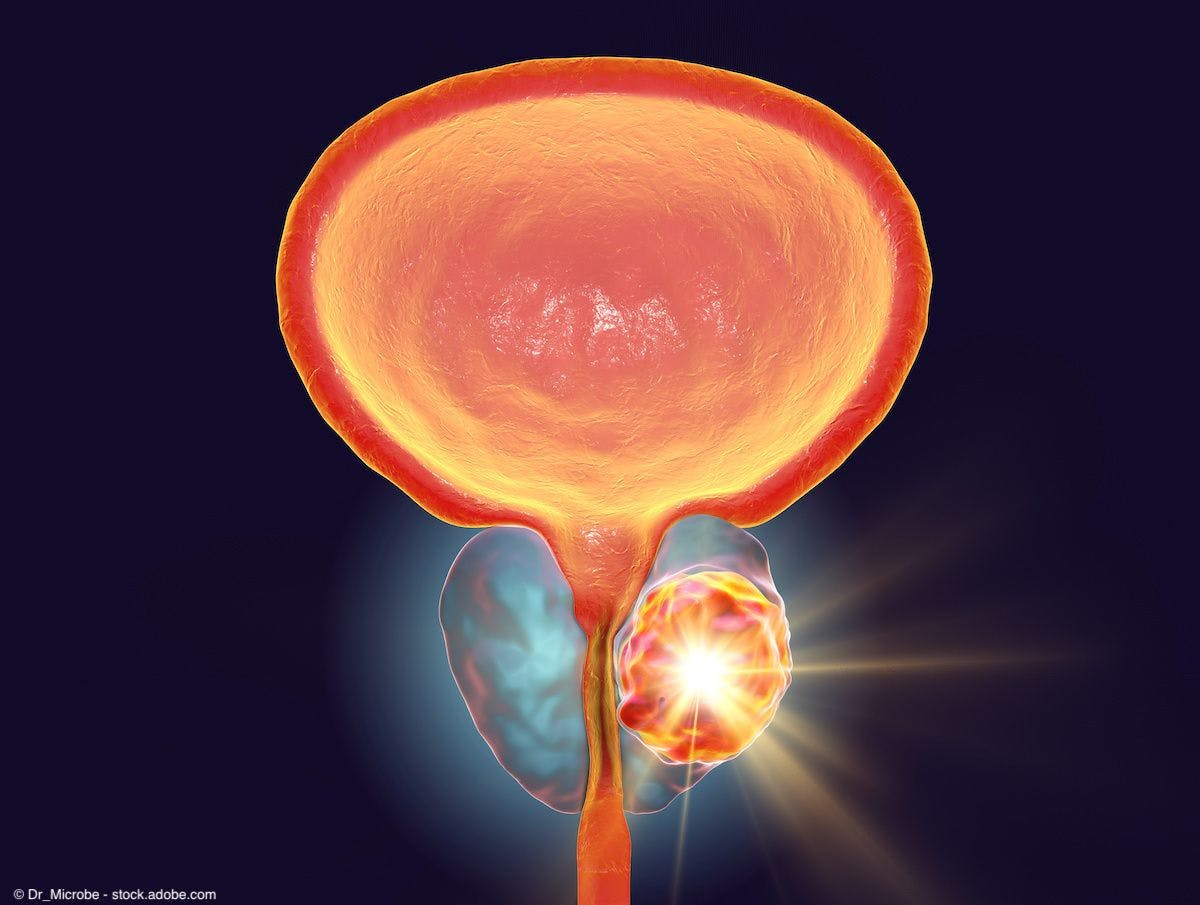News
Article
Urology Times Journal
AUA, SUFU publish 2024 guideline for idiopathic overactive bladder
Author(s):
“This brand new guideline offers options for all patients with OAB with a focus on shared decision-making between patients with OAB and clinicians, as well as a personalized, tailored approach to care,” said Cameron and Smith.
The American Urological Association (AUA) and the Society of Urodynamics, Female Pelvic Medicine, and Urogenital Reconstruction (SUFU) have released a consensus clinical practice guideline on the diagnosis and treatment of patients with idiopathic non-neurogenic overactive bladder (OAB).1
The authors conclude the guideline with possible future directions for advancements in OAB care, including the need for more personalized approaches to treatment.

The release of this guideline comes ahead of the 2024 AUA Annual Meeting, which will take place May 3-6, 2024 in San Antonio, Texas. Anne P. Cameron, MD, FRCSC, FPMRS, and Ariana L. Smith, MD, chair and co-chair of the guideline committee, respectively, will be presenting on the guideline at the meeting.
“This brand new guideline offers options for all patients with OAB with a focus on shared decision-making between patients with OAB and clinicians, as well as a personalized, tailored approach to care,” said Cameron and Smith in a news release from the AUA.2 “From non-invasive behavioral changes to managing medical co-morbidities that may impact OAB symptoms to more invasive interventions, this guideline is an invaluable resource for clinicians and patients alike, offering a pragmatic approach to treatment selection that best suits the individual patients’ phenotype and preferences.”
According to the news release from the AUA, this new iteration of the OAB guideline:
- expands on previous guidance to include the impact of non-urological contributing factors (eg, medical comorbidity, obesity, constipation, pelvic floor dysfunction)
- incorporates the recommendations for pharmacotherapy with further discussion of appropriate use
- eliminates the concept of “step therapy” and instead emphasizes the importance of shared decision-making to select the most appropriate management strategy.2
The guideline statements include 33 recommendations spanning evaluation/initial diagnosis, shared decision-making, non-invasive therapies, pharmacology, minimally invasive procedures, invasive therapies, indwelling catheters, and OAB and benign prostatic hyperplasia. The recommendation statements were developed based on 159 studies that were identified and included by the guideline committee.
Data were collected from the MEDLINE and EMBASE databases, as well as the Cochrane Library, on studies from January 2013 to November 2023. The selected publications included systematic reviews and primary studies evaluating the diagnosis and treatment for patients with OAB.
The authors conclude the guideline with possible future directions for advancements in OAB care, including the need for more personalized approaches to treatment and addressing the discordance between research-defined success of a minimally invasive procedure (defined as 50% improvement) vs the improvement that patients are seeking.
References
1. Cameron AP, Chung DE, Dielubanza EJ, et al. The AUA/SUFU guideline on the diagnosis and treatment of idiopathic overactive bladder. J Urol. Published online April 23, 2024. doi:10.1097/JU.0000000000003985.
2. AUA, SUFU release guideline on diagnosis and treatment of overactive bladder. News release. American Urological Association. April 23, 2024. Accessed April 24, 2024. https://www.auanet.org/about-us/media-center/press-center/aua-sufu-release-guideline-on-diagnosis-and-treatment-of-overactive-bladder

Newsletter
Stay current with the latest urology news and practice-changing insights — sign up now for the essential updates every urologist needs.





























